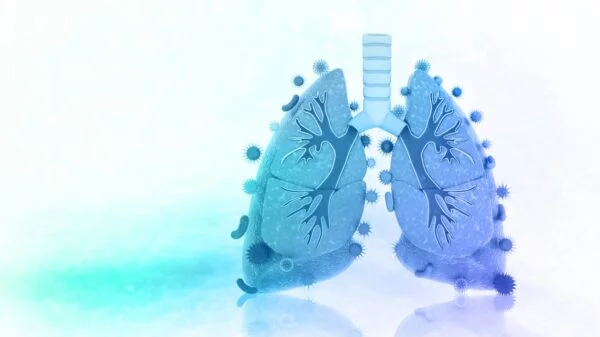In the invisible realm of the air we breathe, a multitude of particles float around us, some harmless and others potentially detrimental to our well-being. Particle size plays a pivotal role in determining the level of risk these particles pose to our respiratory health. Understanding the significance of particle size and its associated health effects is crucial for maintaining a safe and healthy environment.
“Never underestimate the significance of your lungs; they are the silent architects of every breath, the vital canvas upon which life’s rhythm is painted.”
—— Unknown
Particle size refers to the diameter of particles suspended in the air. The size of these particles matters because it determines how deeply they can penetrate our respiratory system. Fine particles, known as PM2.5 (particulate matter with a diameter of 2.5 micrometers or smaller), are of particular concern. These particles are so tiny that they can easily bypass the body’s natural defenses and travel deep into the lungs and even enter the bloodstream.
Health Effects of Inhaling Harmful Particles
Respiratory Issues
Prolonged exposure or high concentrations of harmful chemicals can lead to inflammation of the airways, causing symptoms such as coughing, wheezing, shortness of breath, and even chronic respiratory conditions like asthma or chronic bronchitis.
Neurological Effects
Certain chemicals can have neurotoxic effects, leading to symptoms such as headaches, dizziness, fatigue, and even more severe outcomes like seizures, loss of consciousness, or long-term neurological disorders.
Organ Damage
Many harmful chemicals can cause damage to vital organs such as the liver, kidneys, heart, or lungs. Over time, repeated exposure can result in conditions like liver cirrhosis, kidney failure, or cardiopulmonary diseases.
Cancer
Chronic exposure to certain harmful chemicals, especially those classified as carcinogens, can increase the risk of developing cancer in areas of the body where the chemical is metabolized or accumulates, such as lung cancer bladder cancer.
To delve into the extensive research on particle size and its health effects, refer to these resources
Indoor air quality also plays a significant role in particle exposure. Common indoor sources of fine particles include cooking, tobacco smoke, and household products. Ensuring proper ventilation and using air purifiers can help reduce indoor particle levels and mitigate health risks.



In conclusion, the size of airborne particles has a direct impact on their potential harm to our respiratory health. Fine particles, such as PM2.5, pose a substantial risk due to their ability to penetrate deep into our lungs and bloodstream. Safeguarding our health involves understanding the sources of harmful particles, implementing preventive measures, and staying informed about air quality standards. By doing so, we can breathe easier and protect ourselves from the invisible threats that surround us.





